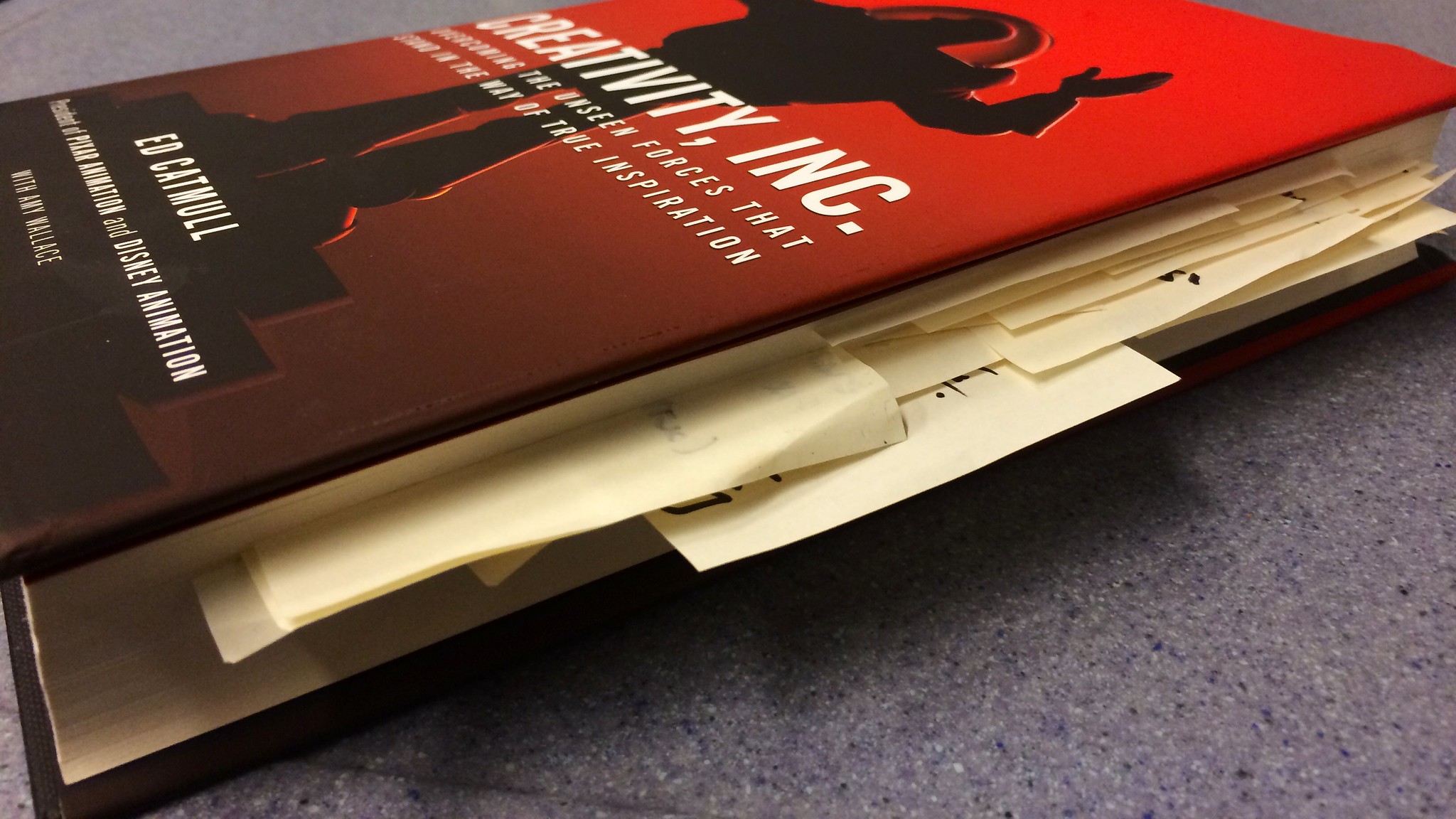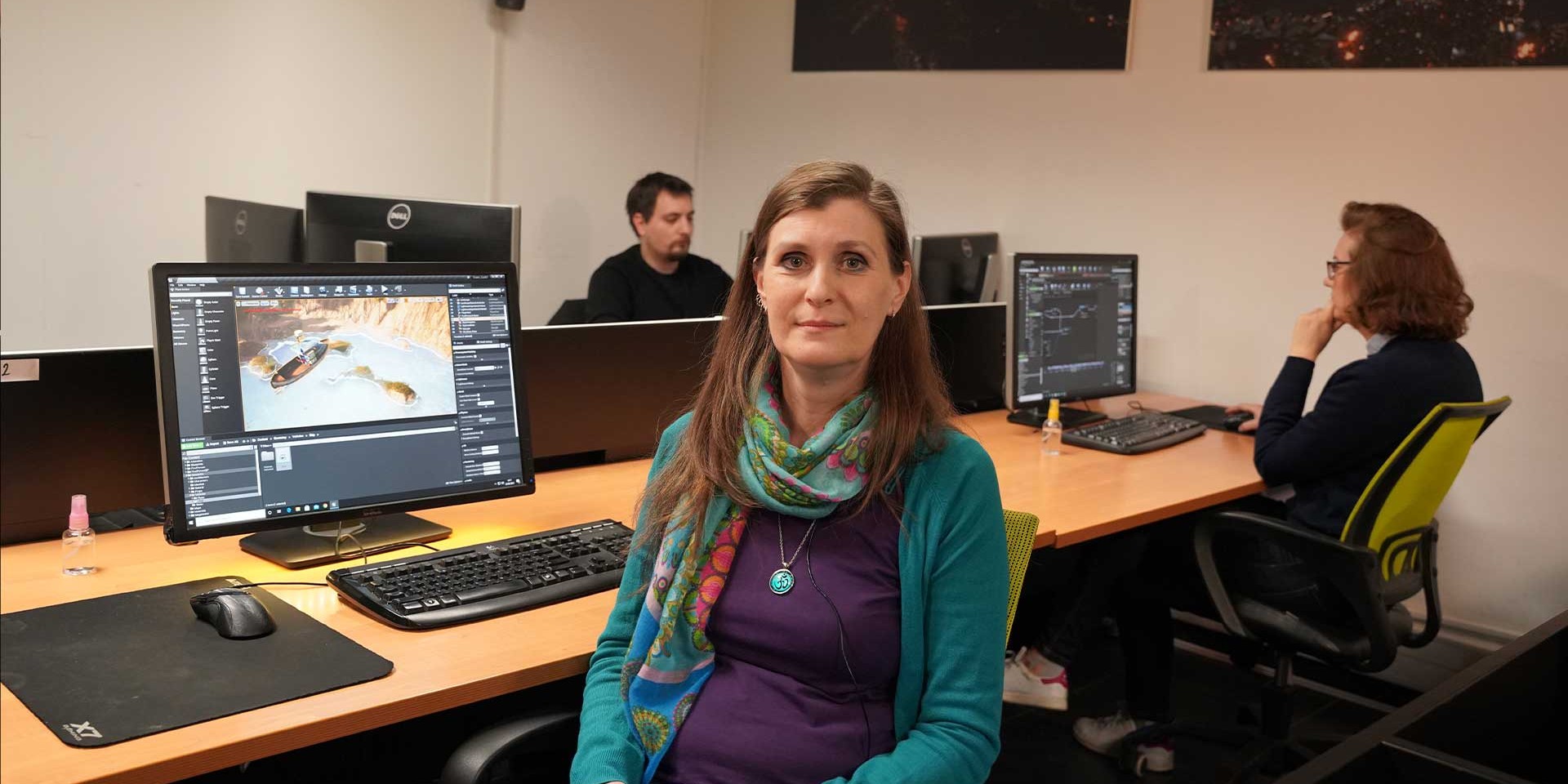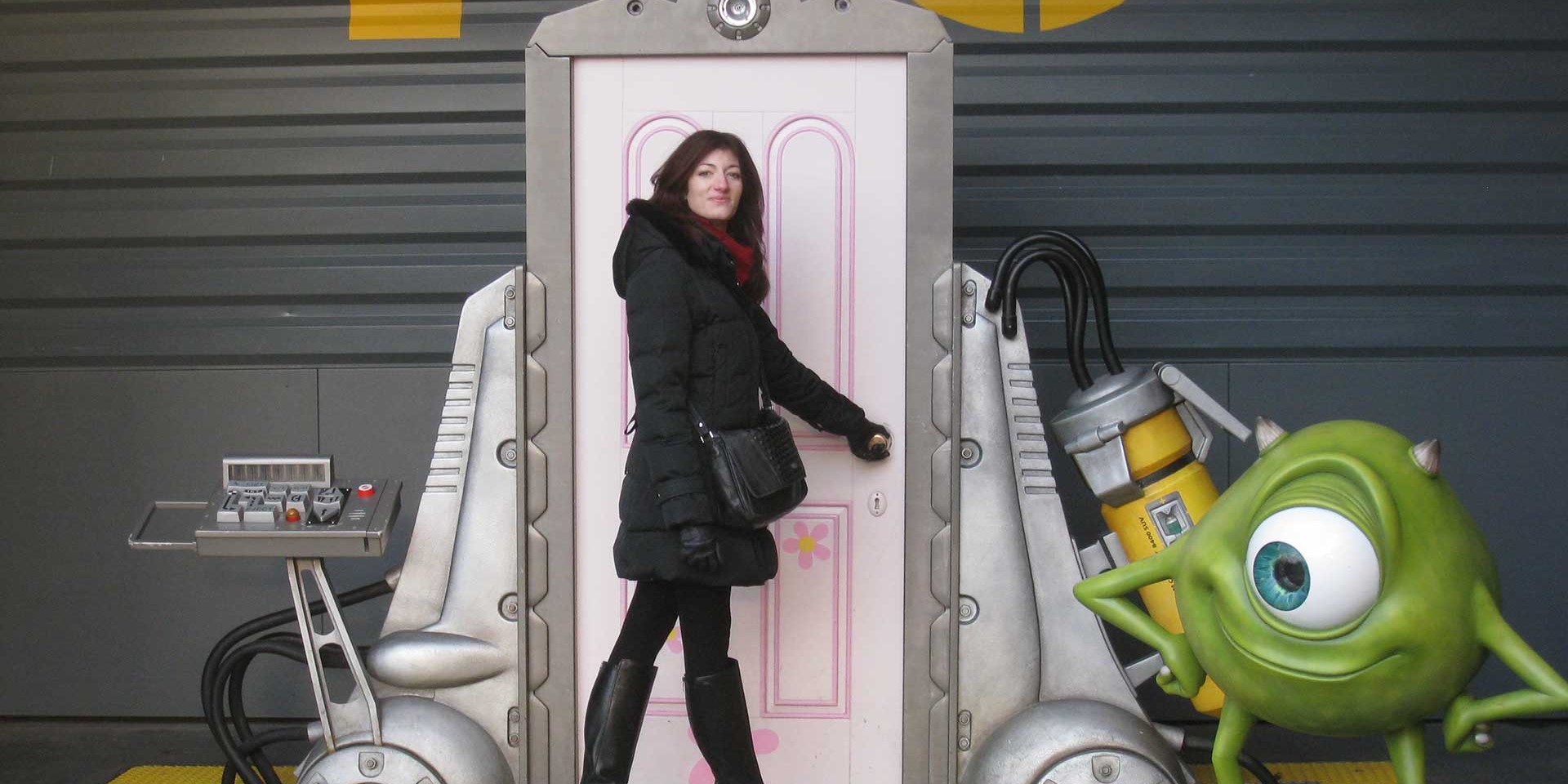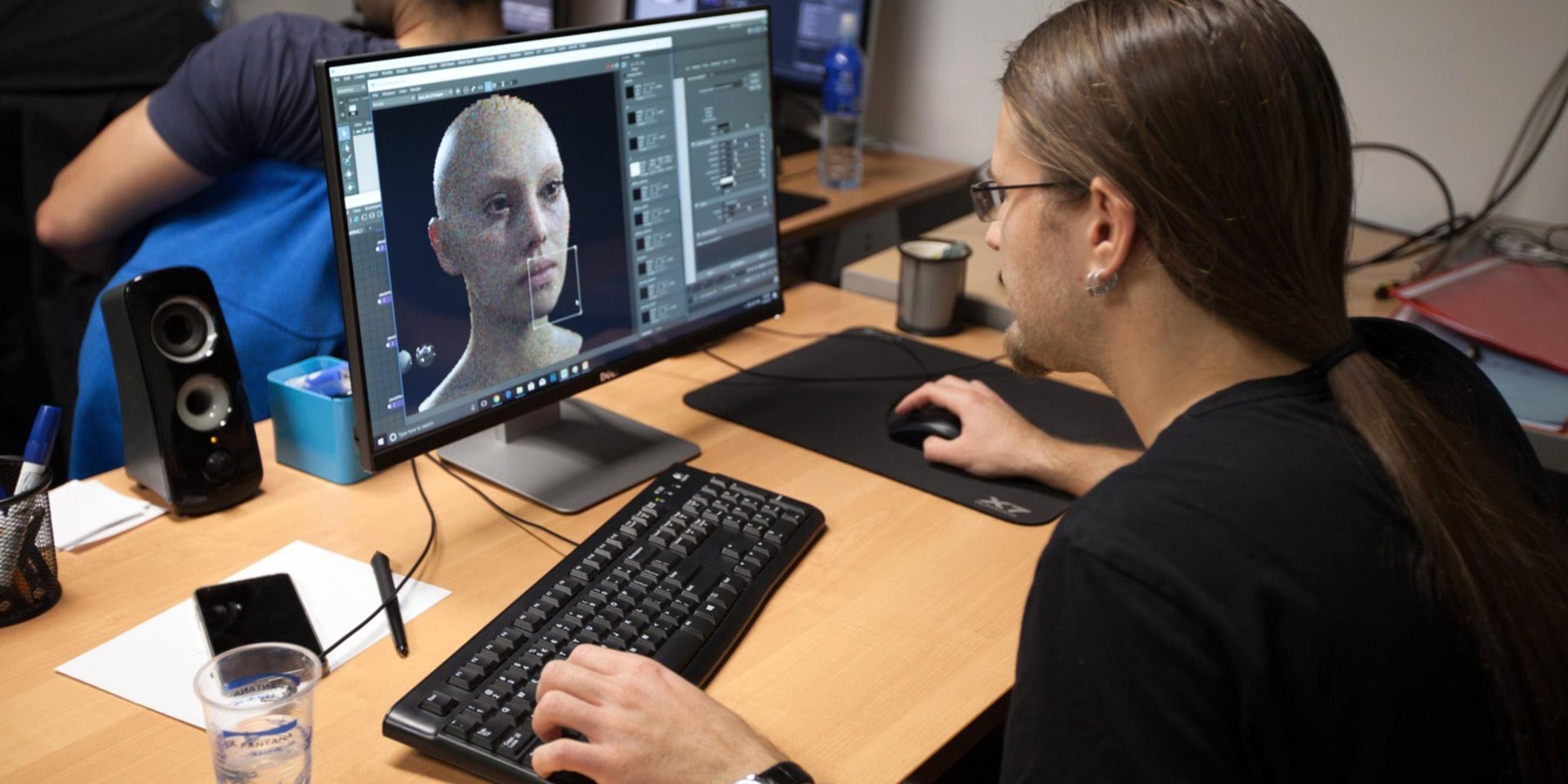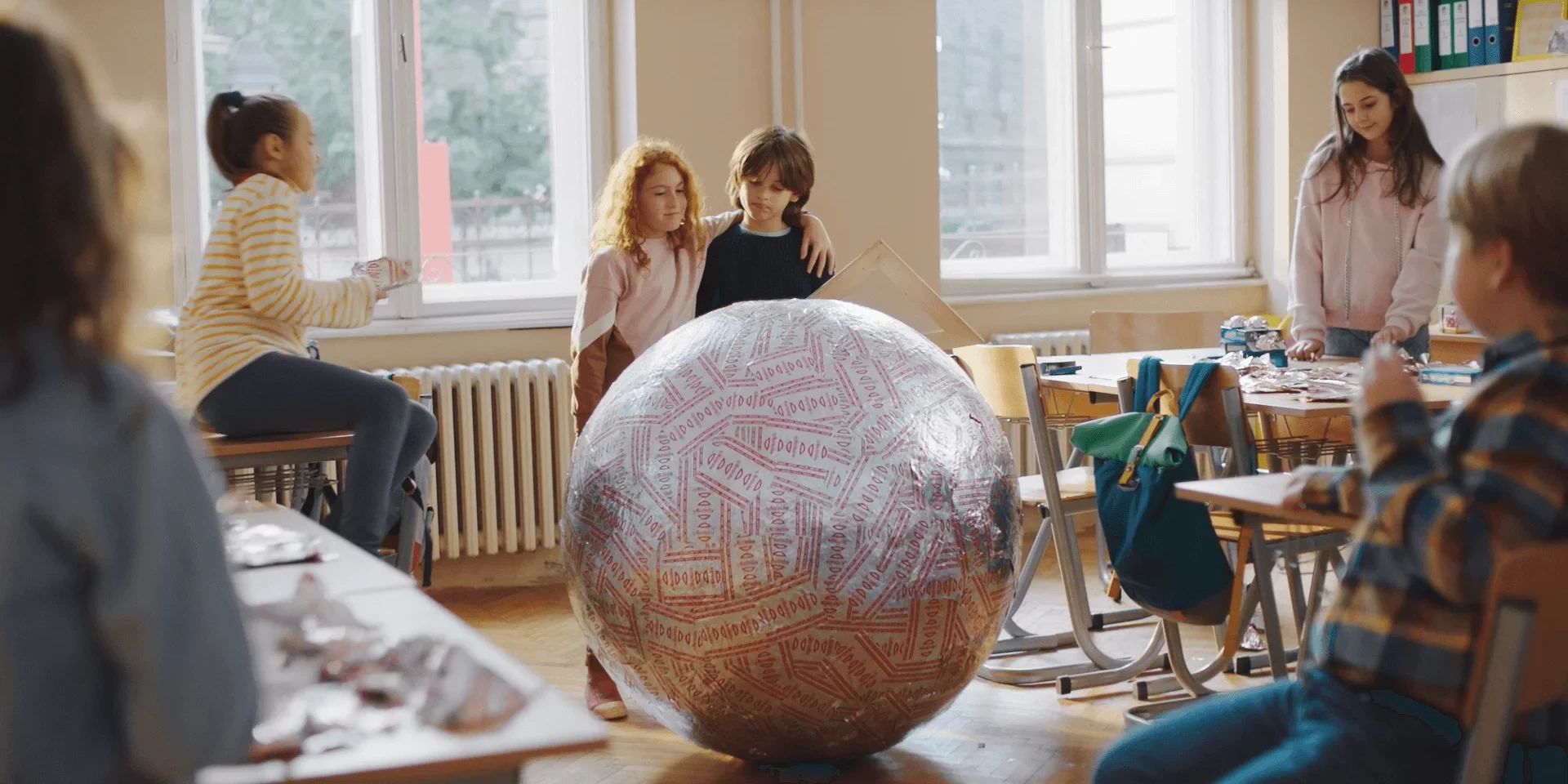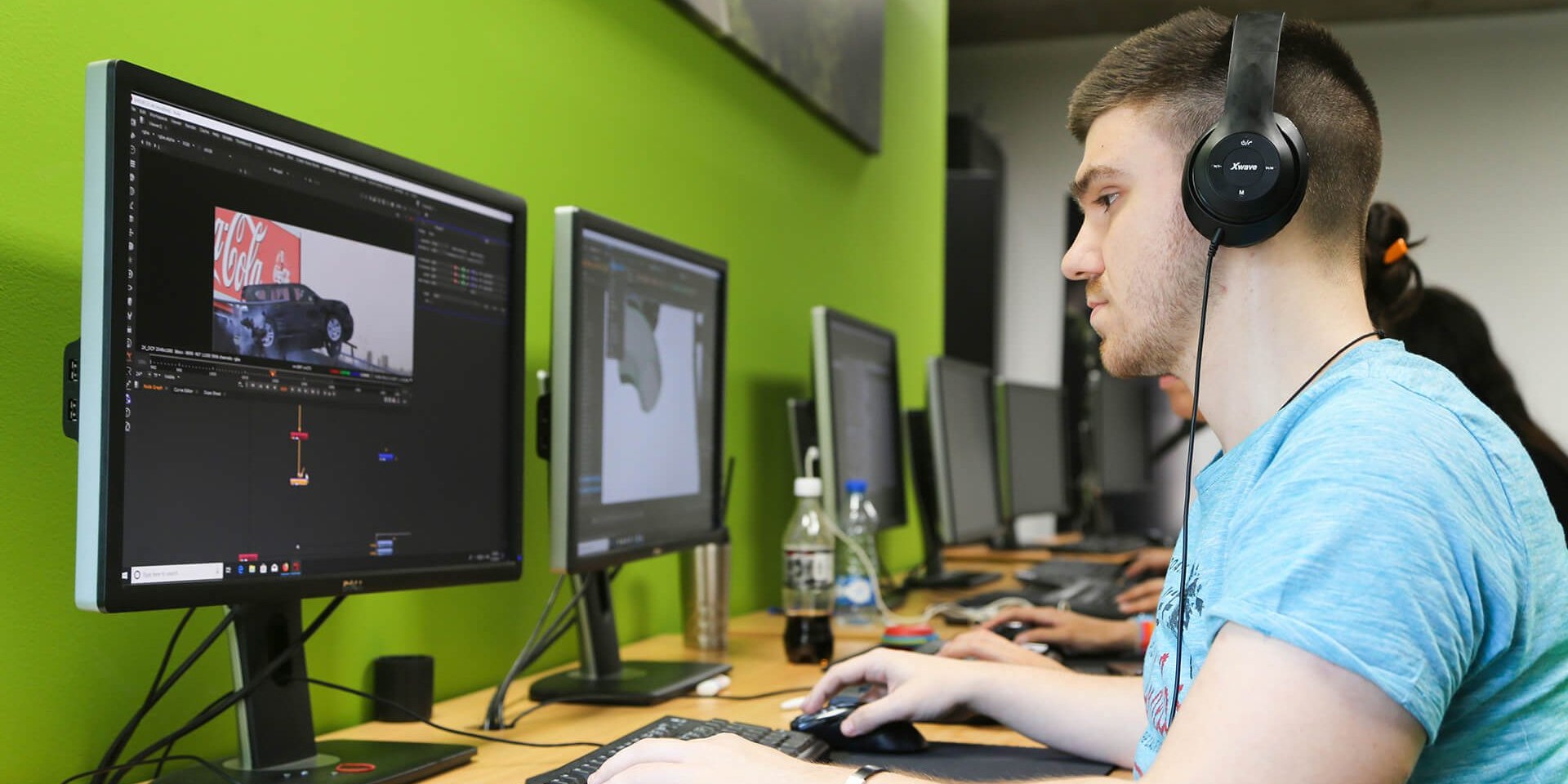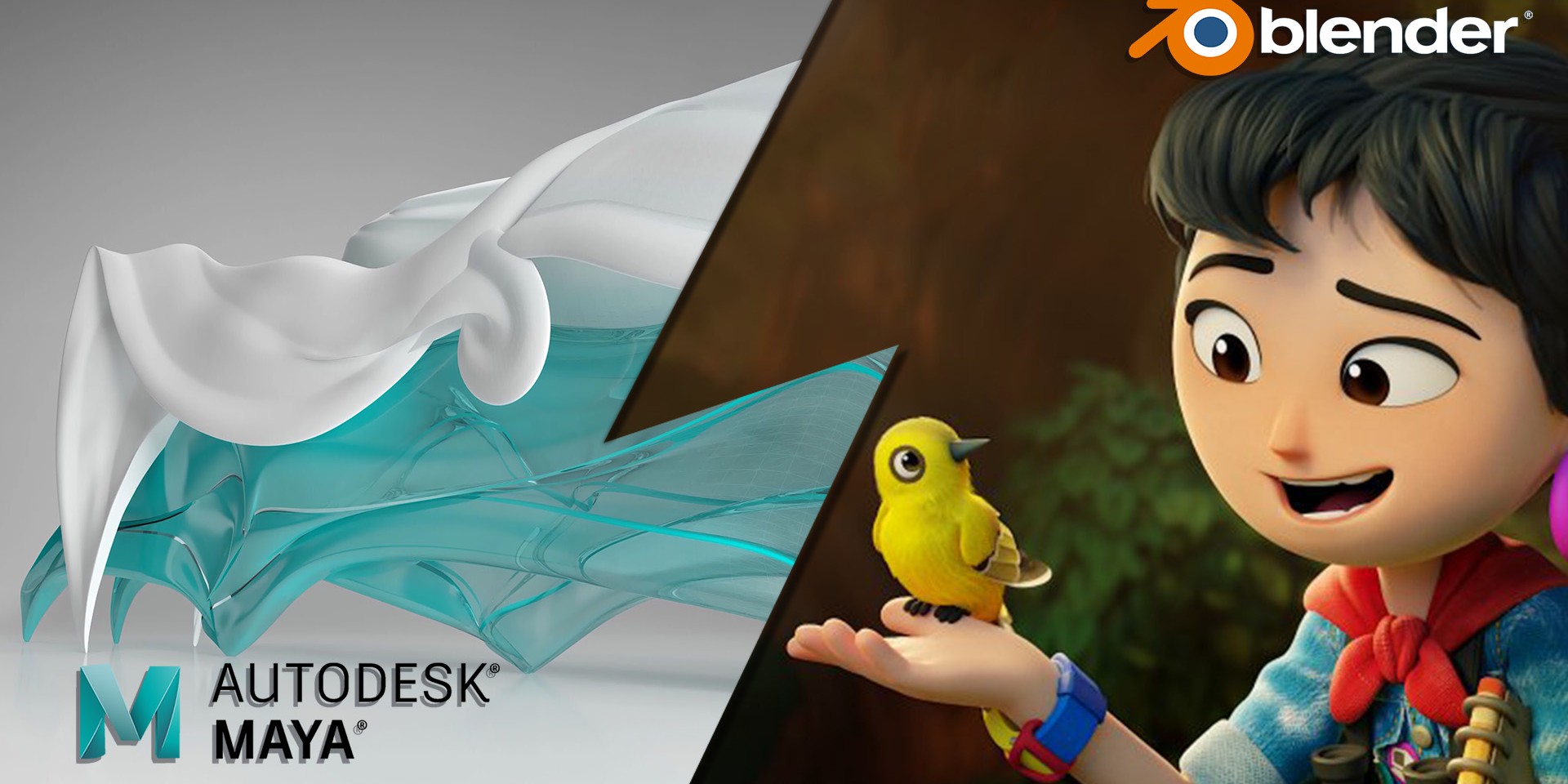The Power of Feedback and How It Can Help Boost Your Career
Whether you work in the film or video game industry, architecture, or animation, as an artist, you often lose focus due to the multitude of details and visual elements that you create and evaluate every single day. Yet, there is a simple solution to this problem - and is called feedback.
In this article, we will try to explain why feedback is valuable for personal and professional growth, how to give it, and when it might be a good time to seek another opinion on your work. We will take a closer look at real-life experiences and examine why feedback is of the utmost importance in the creative industries today – especially if you are working on projects consumed by millions of users. So, rest assured that feedback is not only good for you but necessary for you to progress.
What is feedback anyway?
The concept of providing and giving professional opinions originated in cybernetics. It is related to the process in which information is “returned to the beginning” to modify a certain behavior. This meaning is retained by the term feedback in the business environment. As such, it implies feedback that is focused on the behavior of an individual or a team aiming to improve their behavior.
During the premiere of the CGAcademy: Portfolio Reviews session, Marija Mitic, Learning & Development Specialist from Mad Head Games, pointed out:
– There is positive, corrective, and no feedback. In addition to the feedback that gives you the boost (positive), and the one that makes you work harder (corrective), there is also non-existing feedback. This is problematic because when you know what’s wrong, you can always fix it, unlike when you don’t get feedback and don’t know if you need to change something at all or not, says Marija.
The process of giving and receiving feedback goes something like this: you adopt the information, test it, accept it and correct the original work (or not) and extract the information you have learned from the whole process.
What is the meaning and purpose of feedback for young artists?
In the film and video game industry, the feedback you fear the most is the one you get after releasing a video game or movie in front of an audience. Then, even though the material has previously passed through numerous hands and eyes, you are still afraid of the first reaction and comments. However, a much more common example of the opinion exchange happens among employees or in a superior-employee relationship. Although Q&A teams review video games before they get released, up until one game gets out, there is always some apprehension about what the audience might see.
During the first independent Portfolio Reviews session, Vladimir Kuzevski, Character Artist from 3Lateral, explained how this process works in the video game industry, especially for 3D artists working on AAA titles.
– Let’s say you start creating a 3D model of a video game character, and after a few hours, you’re working on the creature’s facial expression. Due to you being focused on details, sometimes you miss the bigger picture and fail to notice other, perhaps more obvious flaws of the model. Therefore, whether you work in 2D or 3D, you should always have two pairs of eyes. That’s why there are teams of experts working in the same field because they can give more specific feedback on the work of their colleagues, concludes Vladimir.
And so we come to the next chapter, in which we explain why context is the key in giving feedback.
What is good feedback? What should you pay attention to when receiving or giving it?
When giving feedback, one must always pay attention to the context. Provide feedback only when you know the context and have good arguments. Otherwise, you will only distract your colleagues.
Vladimir Janković, Art Lead at Nordeus, spoke from the role of team leader about the consequences of not respecting the context when providing feedback on the colleague’s work:
– The person you ask for review needs to understand the context in which you have created some of your work. Otherwise, the feedback will not be valid. Understanding the context helps the subject provide accurate feedback on someone’s work and thus provide valuable information, explains (the other) Vladimir.
In Discussing Design, authors Adam Connor and Aaron Irizarry offer a simple framework for giving feedback to designers. However, this feedback method is adaptable to all creative industries and consists of several key questions to ask yourself before providing feedback.
- Question 1: What is the goal of the design?
- Question 2: What design elements are related to the goal?
- Question 3: Are these elements effective in achieving the goal?
- Question 4: Why or why not?
These questions should help you take a few steps away from the project and observe what is not working. If something is wrong with a scene or design you must first understand its purpose. If you do not understand the goal of a particular project, there is no way to be sure if the scene works. So, break down the project into even smaller modules and ask yourself: What are the fundamental elements of this design, and do they work? Once you understand the goal, it should be fairly simple to determine whether the elements are working accordingly or not.
Another book on the art of feedback, set in the film industry, was written by Ed Catmull, co-founder of Pixar. In Creativity Inc., he writes about an in-house feedback group known as Braintrust.
This group is not only responsible for the success of Pixar, but it also helped prevent more than a few disasters. Braintrust enrolled not only the employees of the studio but also people who are not directly involved in Pixar’s projects. Since these people are not emotionally attached to the production, they can give the most objective feedback possible.
The point of feedback is to adopt it, but you should also be careful when giving it. Giving good feedback is most certainly harder than accepting it. It is a discipline that takes a long time to master.
Feedback is there to help teams strengthen their design, products, and services, rather than being used to establish authority or push different agendas.
Great feedback comes from people who care about the project because it is hard to fix something you do not care about. If you are being asked to provide feedback, try to find a way to connect with the project you are reviewing. Figure out its purpose. However, if you don’t feel any connection to the project, there is nothing wrong with acknowledging that you might not be the best person to give feedback.
A good note says what is wrong, what is missing, what isn’t clear, what makes no sense. A good note is offered at a timely moment, not too late to fix the problem. A good note doesn’t make demands; it doesn’t even have to include a proposed fix. But if it does, that fix is offered only to illustrate a potential solution, not to prescribe an answer. Most of all, though, a good note is specific. “I’m writing with boredom,” is not a good note.
– says Ed Cattmul on providing feedback (notes)
When is it OK to ask for feedback?
In the world of visual arts, it is common for everyone to have their particular perception, so when you apply for a job and send your portfolio, do not hesitate to ask for feedback for your work. Whatmore, a good employer will respect that move since it shows your enthusiasm and willingness to learn.
Our upcoming lecture on feedback is scheduled for November 19 as part of the Portfolio Reviews, an opening session on the second day of the CGA Belgrade online conference. On that occasion, in the CGAcademy’s virtual classroom, we will be joined by experienced 2D and 3D artists from Serbia’s leading game dev studios. Ivana Radović (PlayrixRS), Milica Mastelica (Playstudios), and Nenad Nešović (Nordeus) will be reviewing the audience portfolios’ live in-stream. If you wish to submit your work for review and test how well you accept feedback, you can do it HERE.
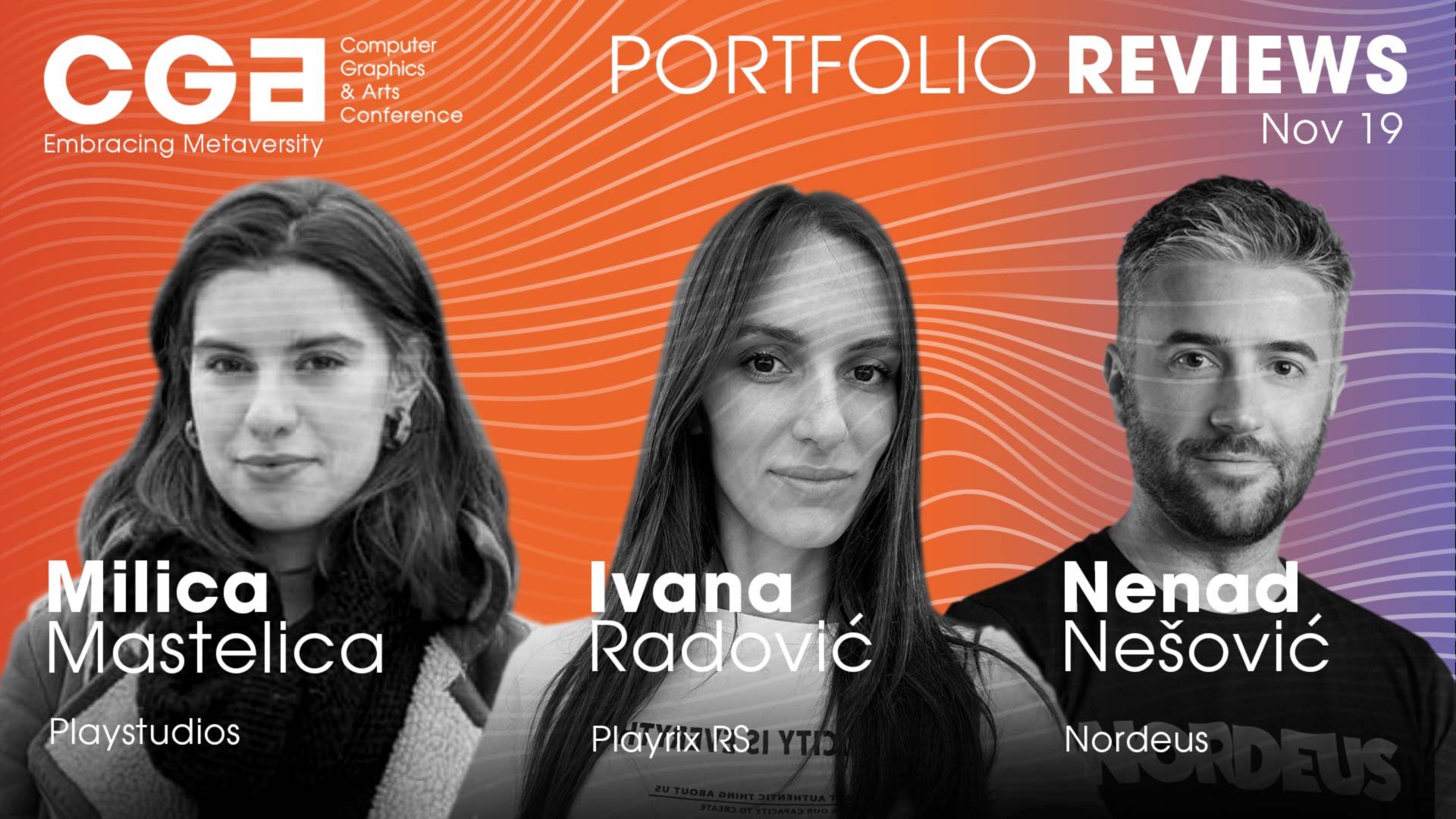
Source:
Creativity, Inc.: Overcoming the Unseen Forces That Stand in the Way of True Inspiration, Ed Catmull, Amy Wallace (Random House, 2014)
Discussing Design: Improving Communication and Collaboration through Critique, Adam Connor, Aaron Irizarry (O’Reilly Media, 2015)
Author: Bosiljka Đikanović

